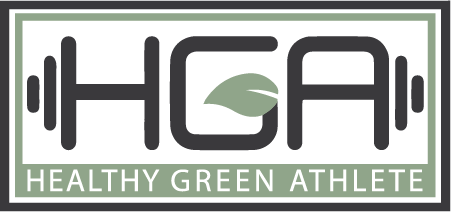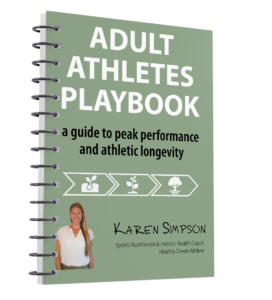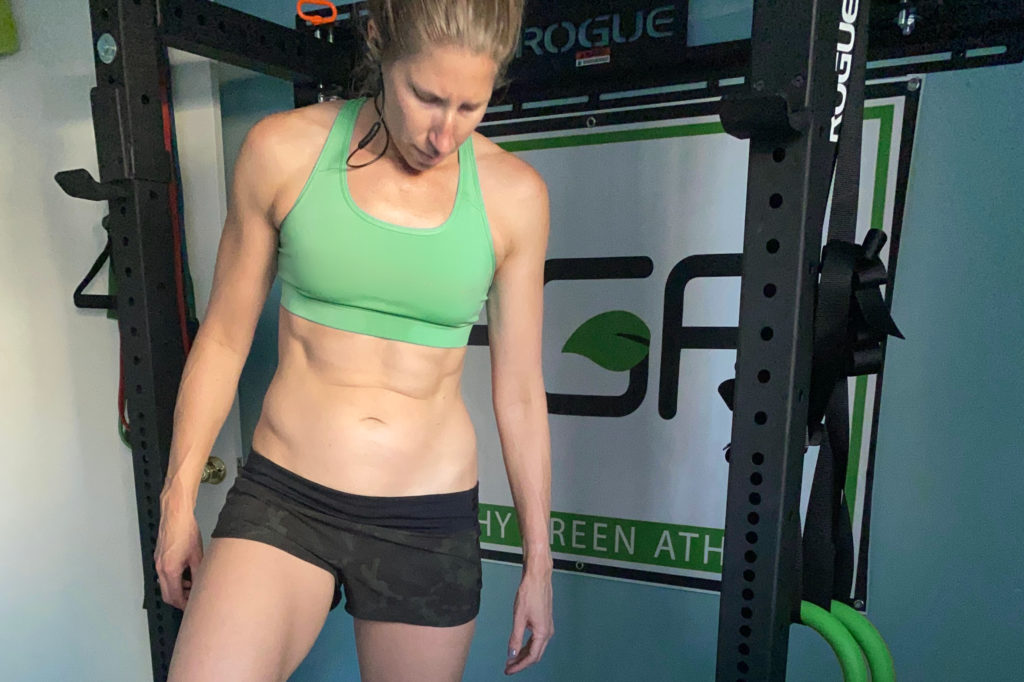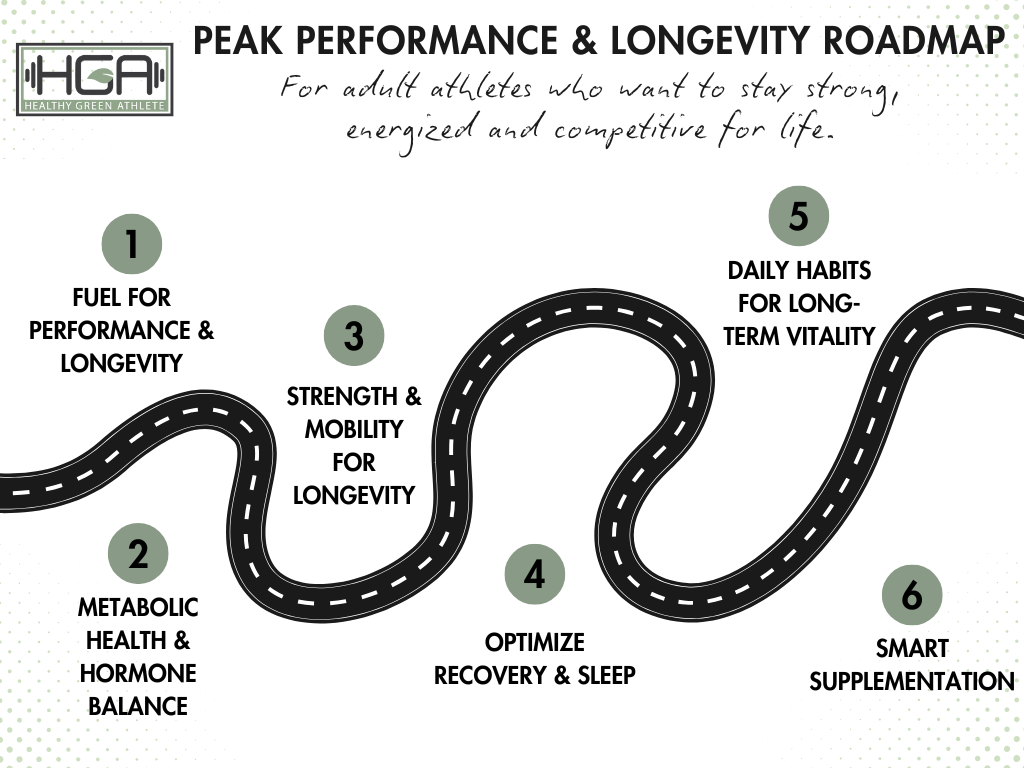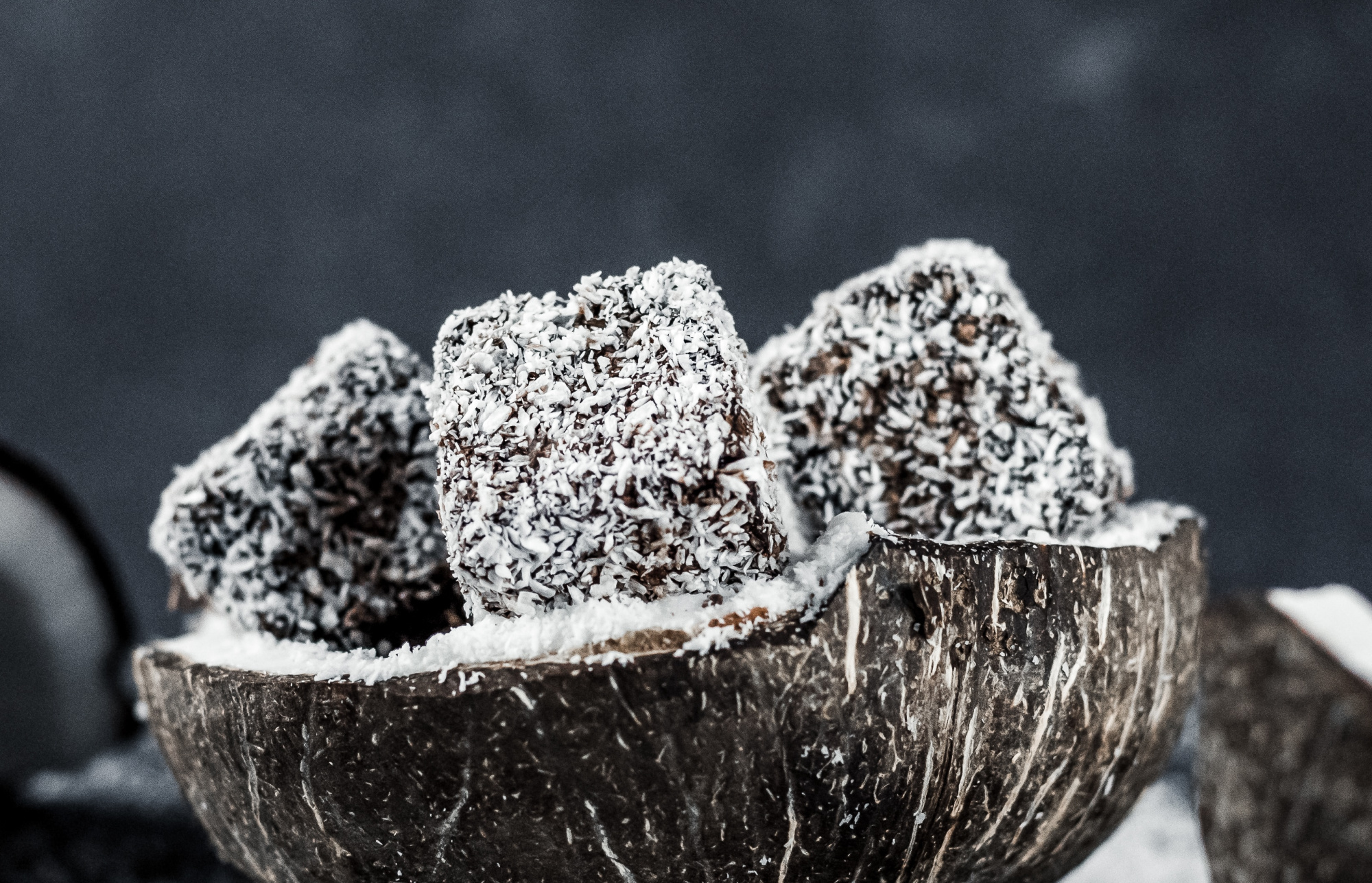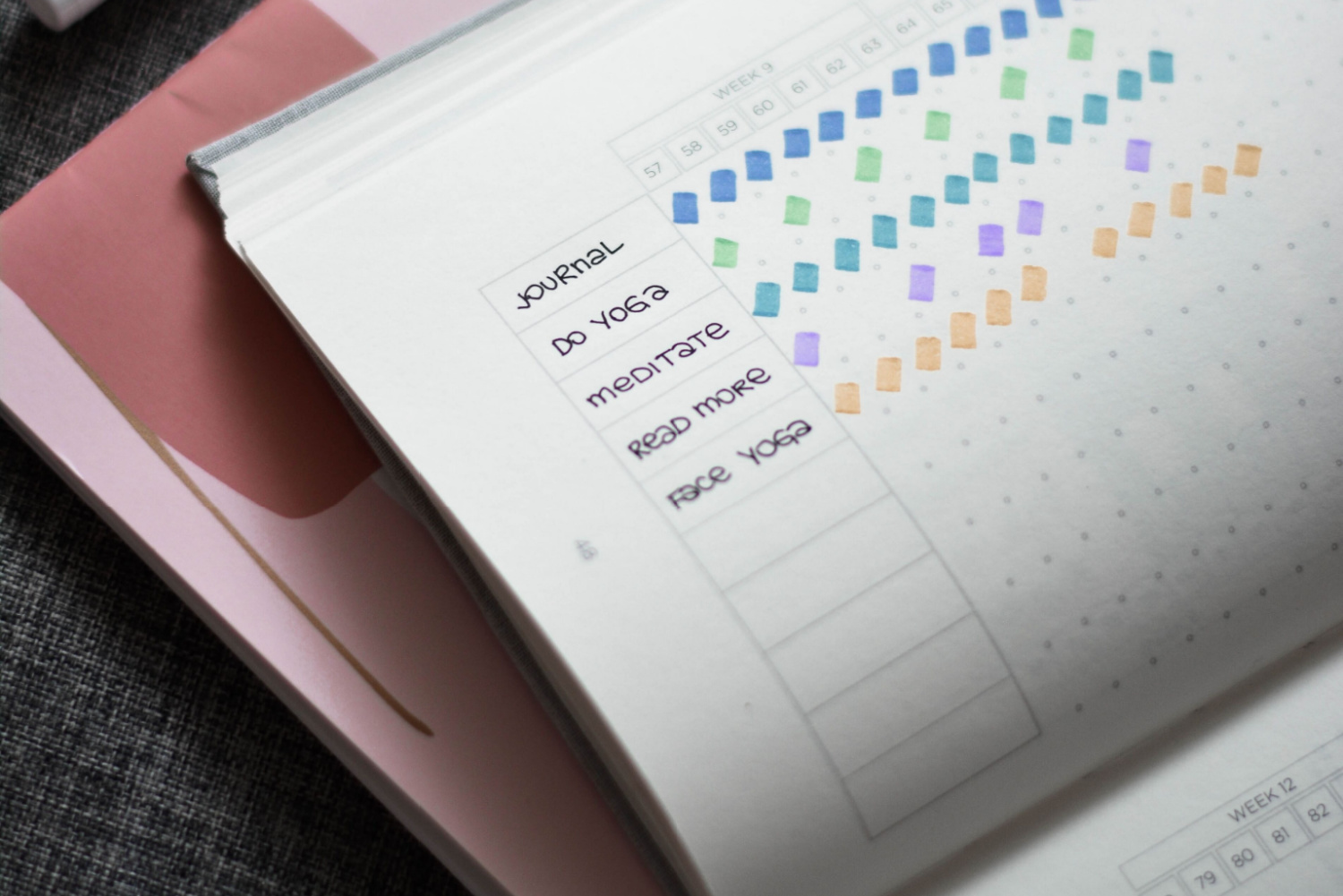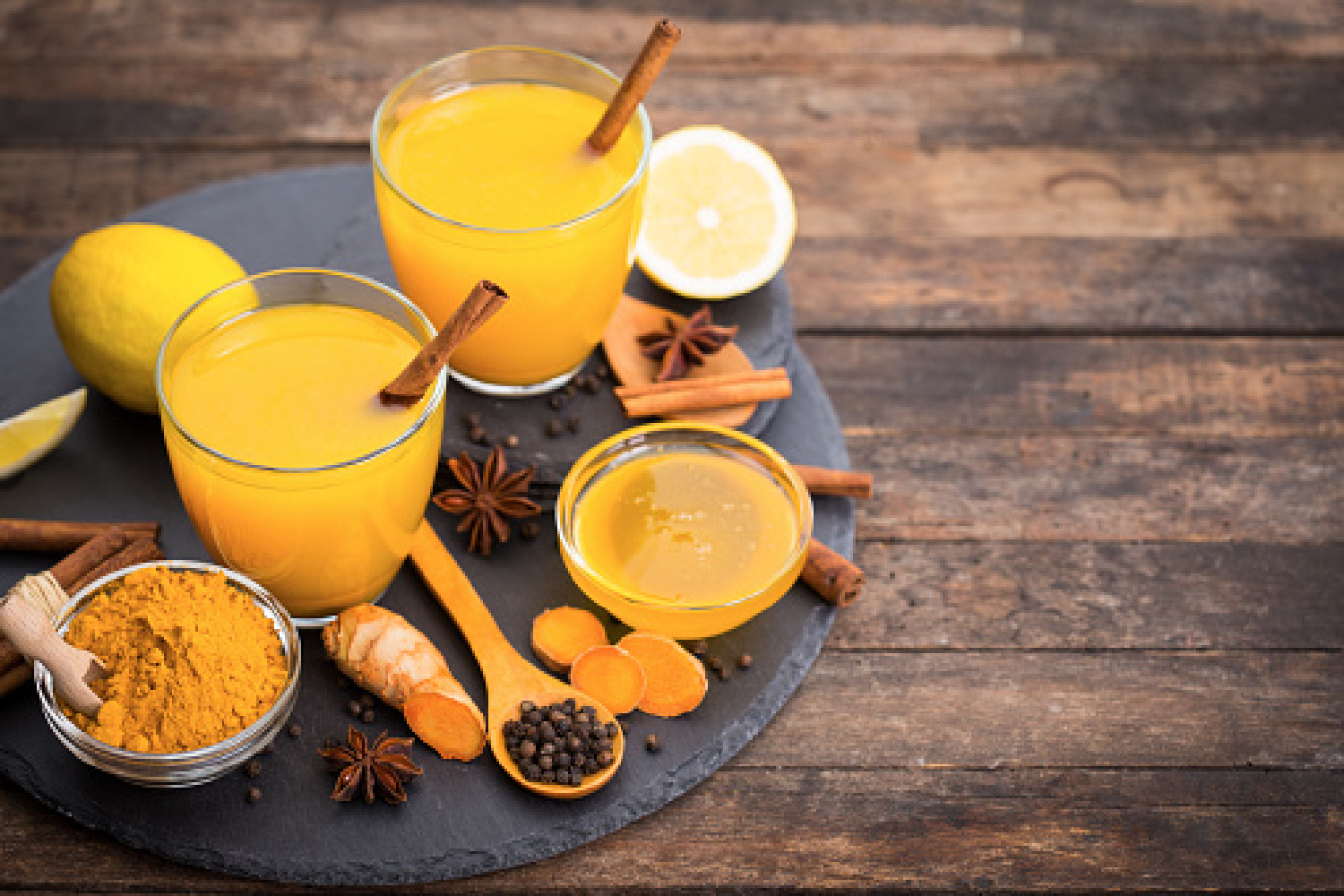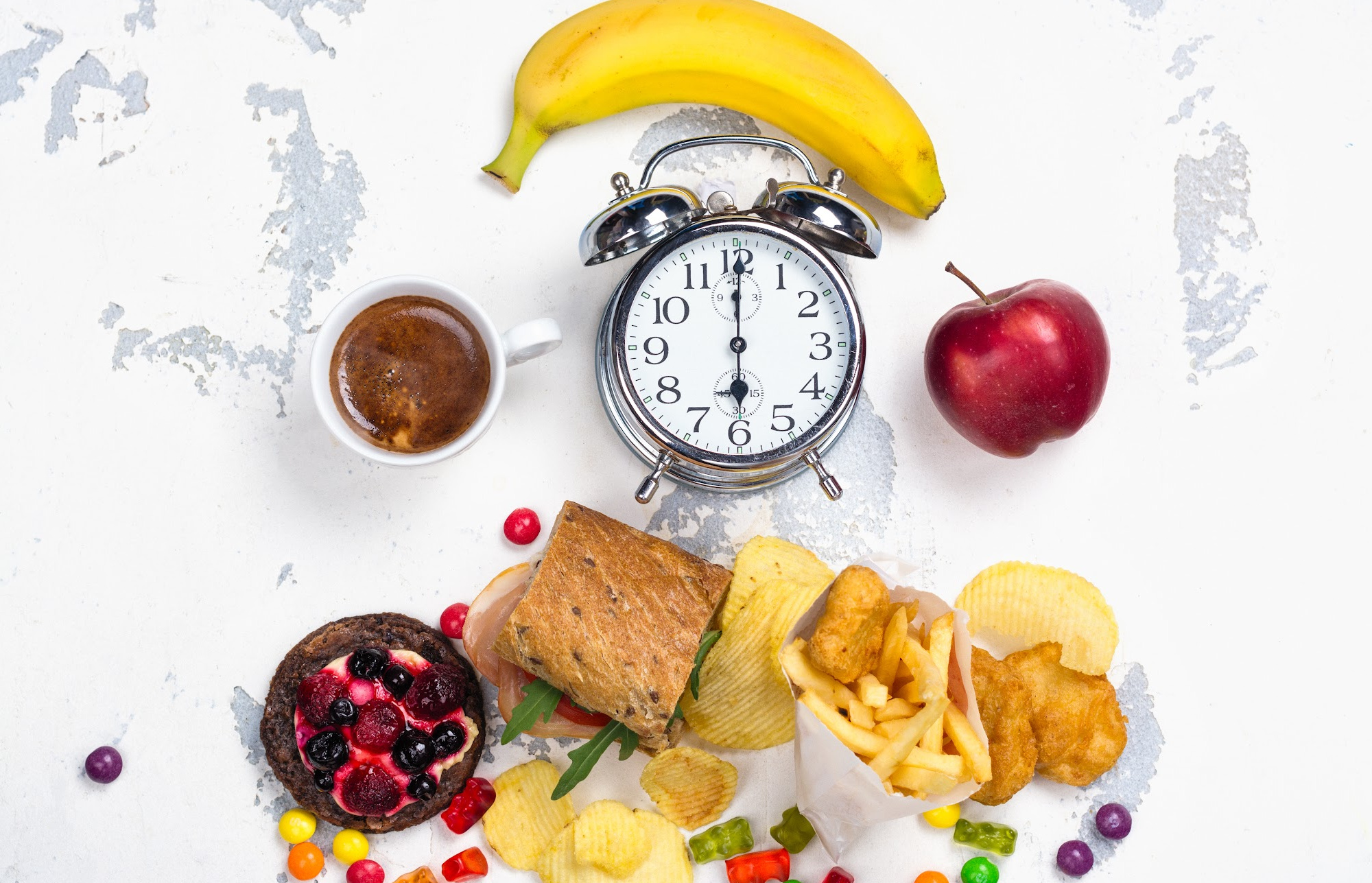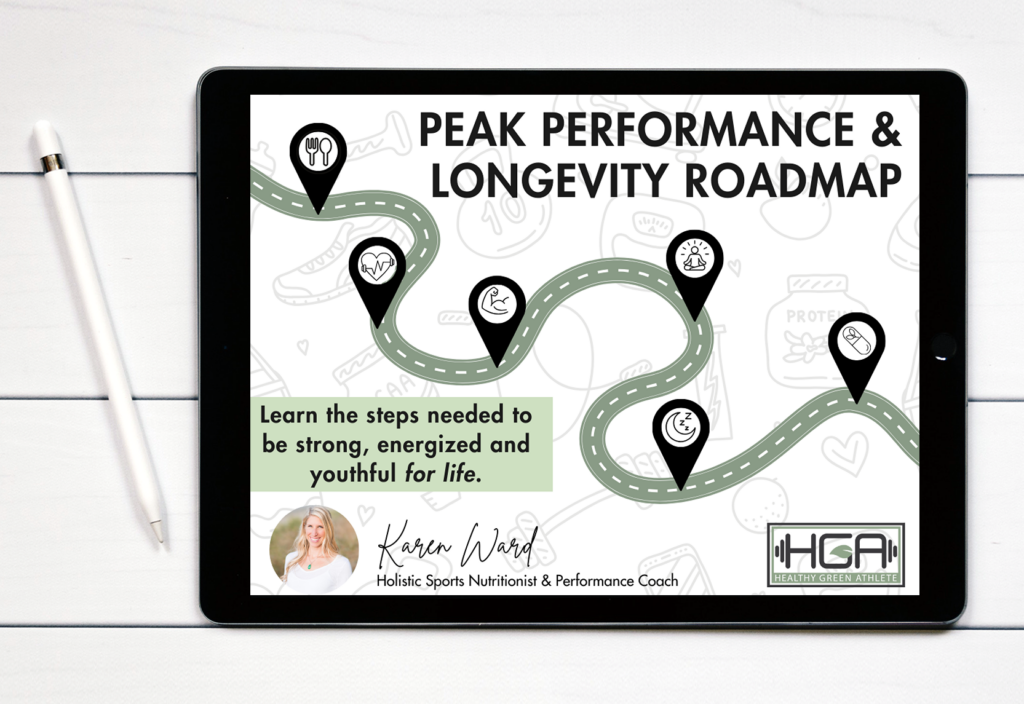(Read time: 6 minutes)
When I was 37, I tore my meniscus and decided to have surgery to repair it. After surgery, I hit the physical therapy hard but began incorporating other lifestyle changes that would help me heal faster. My philosophy was that the faster I heal, the faster I could get back to my active lifestyle. But the healing process wasn’t just physical. I also began to realize the emotional toll that injuries can have and getting into a healing mindset is easier said than done.
2 years after my knee injury, I was diagnosed with breast cancer and am in the middle of one hell of an aggressive treatment plan. My chemotherapy treatment alone has keeping my body in a state of distress for the past 4 months. And as soon as my body recovers from the chemo, I will endure a major surgery to remove and reconstruct my breasts. And it will need to heal itself once again.
I find myself in healing mode but it’s much more involved than my knee recovery. My body is literally fighting to keep me alive, and I want to support it as much as possible. The physical and emotional stress of fighting cancer is far greater than a knee injury. But turns out the lifestyle interventions that I can use to speed up healing in my body are the same.
Healing is a natural and essential process that our bodies undergo when recovering from illness, injury, or emotional distress. While time is a crucial factor in the healing journey, there are ways to enhance and expedite the healing process. Having a baby, a physical injury, a medical condition, or emotional wounds, all need time to heal. And by incorporating certain practices into your daily routine during these life-altering events can contribute to a swifter recovery.
In this post, I will share eight effective ways that have helped me heal faster by reducing inflammation and managing stress. I also go into each of these in more detail in other blog posts. These strategies continue to help me recover physically and emotionally after chemotherapy and surgery. They’ve also come in handy after minor injuries, tough training sessions and multi-day tournaments.
1. Red light therapy
Red light therapy, also known as low-level laser therapy (LLLT) or photobiomodulation, has gained attention for its potential health benefits. One of the primary advantages of red light therapy is its ability to stimulate cellular function and promote healing. The red light wavelengths penetrate the skin and are absorbed by the cells, triggering a series of biological responses.
This healing therapy has shown promise in reducing inflammation and promoting tissue repair. This makes it valuable for accelerating the healing process in injuries and wounds, and after surgery.
2. Nutrients
Nutrition plays a fundamental role in the healing process for several reasons. The nutrients that we consume influences the body’s ability to recover and repair itself effectively. Amino acids from protein, vitamins and minerals are essential cellular repair and regeneration. Immune system function also depends on the availability of specific vitamins such as Vitamins A, C, D and zinc. Healing is also an energy-demanding process so it’s important to consume enough carbohydrates and fat to support this.
Collagen, in particular, is a protein that makes up structural tissues in animals. It is crucial for wound healing, maintaining strong muscles and joints. and preserving tissue integrity. When consumed with Vitamin C, healing is enhanced because it boosts your body’s natural ability to use collagen.
There are other specific nutrients that aid in faster healing. Some examples include: curcumin, adaptogens, magnesium, and bromelain.
3. Rhythmic movement
Rhythmic movement stimulates healing by improving circulation which improves oxygenation of tissues. This also reduces inflammation and stress by promoting a sense of relaxation.
The type of movement that speeds up healing can vary depending on the nature of the injury or condition. Examples of rhythmic movement include low-impact activities such as walking, yoga, tai chi, swimming, and cycling. You can boost the benefits of these activities by also incorporating deep breathing exercises.
Before starting any exercise regimen during the healing process, individuals should consult with their healthcare provider or a qualified rehabilitation professional. They can provide guidance on the most suitable exercises and movements based on the individual’s health status and the nature of the healing required. In some cases, physical therapy may be recommended to ensure a safe and effective recovery.
4. Declutter inside and out
Stress and anxiety can impair the healing process by suppressing the immune system. A poorly functioning immune system delays healing, causes inflammation and disrupts hormonal balance. Decluttering your physical and mental environment is a great way to reduce stress and have a positive impact on healing.
An environment that promotes healing is one that is free of clutter, and contains elements that are soothing. Calming colors, meaningful decorations, or relaxing scents can transform a space into a healing sanctuary.
Clearing mental clutter can also promote healing by providing enhanced focus and mental clarity, and facilitates better sleep. Adequate and restful sleep is crucial for those in a state of healing.
5. Get enough good sleep
Getting enough good sleep is crucial for faster healing and overall well-being. Quality sleep plays a significant role in various physiological processes that support recovery and restoration. During deep sleep stages, the body releases growth hormone, which is essential for cellular repair and regeneration. This hormone promotes the healing of tissues, muscles, and bones, contributing to a faster recovery from injuries or illnesses.
While sleeping, the body produces immune cells and antibodies that help defend against infections and illnesses. A robust immune response is crucial for faster healing.
Sleep also has anti-inflammatory effects, helping to regulate the body’s inflammatory response. Chronic inflammation can impede the healing process, and a good night’s sleep contributes to the reduction of inflammation, promoting a more efficient recovery.
6. Spend time outside
Spending time outdoors can have a profound impact on accelerating the healing process, fostering both physical and mental well-being. Exposure to natural sunlight is a key contributor, as it stimulates the production of vitamin D, which plays a crucial role in bone health and immune function. Vitamin D has been linked to faster recovery from injuries and surgeries, promoting the absorption of calcium and aiding in the formation of new bone tissue. Additionally, natural sunlight exposure helps regulate circadian rhythms, improving sleep quality. Quality sleep is paramount for healing, as it supports cellular repair, immune function, and overall physiological restoration.
Moreover, the therapeutic benefits of nature extend beyond sunlight exposure. Immersing oneself in green spaces and natural environments has been associated with reduced stress levels and enhanced mental well-being. Nature has a calming effect on the nervous system, reducing cortisol levels and promoting a state of relaxation. This reduction in stress minimizes inflammation and supporting a more efficient immune response. Outdoor activities, such as gentle walks in nature promote circulation, flexibility, and well-being. The combination of sunlight, fresh air, and the soothing qualities of nature creates an optimal environment that complements and accelerates the healing journey.
7. Focus on gut health
A healthy gut plays a crucial role in promoting healing after surgery or injury. The gut influences various physiological processes that contribute to recovery. The gut microbiome is a complex community of microorganisms residing in the digestive tract. It plays a key role in maintaining a balanced immune system. Probiotics, beneficial bacteria found in the gut, also contribute to immune regulation and help prevent infections. These bacteria are particularly important during the vulnerable post-surgery period.
A diverse and thriving gut microbiome supports absorption of nutrients that are critical for tissue repair and regeneration. Proper digestion and nutrient absorption are essential for the healing process. This ensures that the body has the necessary building blocks to repair damaged tissues efficiently.
Prebiotics, which are substances that nourish the growth of beneficial gut bacteria, can also support gut health. Consuming a variety of fiber-rich foods promotes the growth of beneficial bacteria. Examples of fiber-rich foods include legumes, whole grains, and vegetables.
8. Activate your vagus nerve
The vagus nerve plays a central role in regulating various bodily functions and has a profound impact on overall health and healing. This nerve extends from the brainstem to multiple organs in the body, including the heart, lungs, and digestive system. Activating it induces the relaxation response, and promote a state of calmness. This state is significant for healing because it reduces stress. Chronic stress can hinder the recovery process by suppressing the immune system and promoting inflammation. Activation of the vagus nerve can also improve gastrointestinal function, enhance nutrient absorption, and promote a balanced gut microbiome.
Research suggests that vagus nerve stimulation has positive effects on mood, anxiety, and overall emotional well-being, factors that can significantly impact the healing process. Deep breathing exercises, meditation, and mindfulness practices all activate the vagus nerve.
In summary...
From my experience, there is no single activity that can promote healing. It’s the combination of effective and holistic techniques such as the ones I’ve listed that speed up the healing process. I didn’t incorporate all of these activities at one time. I started out with a few of them and kept adding more until I felt that I had an effective healing strategy.
My healing strategy helps me to regain control when I feel that I have none, and creates an optimal environment for my body’s innate healing abilities. I believe that these holistic healing practices not only expedite physical recovery but also enhance overall resilience.
